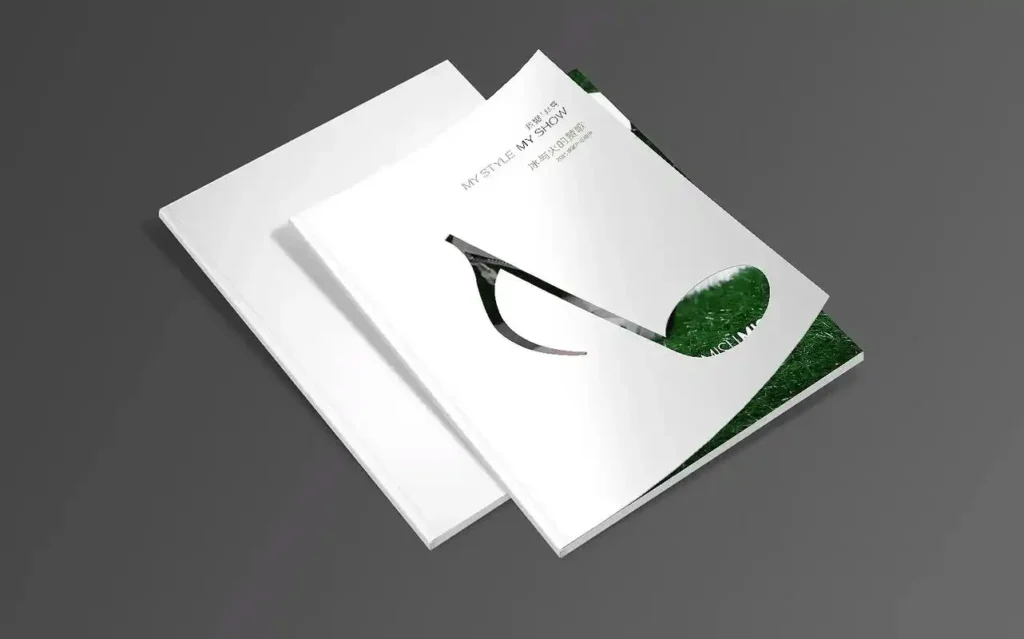A brochure is a vital tool for corporate promotion, product display, and brand building. A well-designed brochure not only conveys information but also enhances brand image through visual appeal. High-quality printing is the key to ensuring the final product meets expectations.
1. The Importance of Brochure Printing
Brochures serve as a company’s “visual business card,” shaping customers’ first impressions of the brand. Premium printing accurately reproduces colors and details from the design, making visuals more vibrant and engaging. Whether for corporate brochures, product catalogs, or art portfolios, professional printing enhances texture and sophistication.
2. Common Printing Techniques
- Four-Color Printing (CMYK): Ideal for colorful images, offering rich color gradation.
- Spot Color Printing (Pantone): Ensures precise color matching for logos and branding.
- Lamination: Adds durability with glossy or matte finishes.
- Foil Stamping/UV Coating: Enhances visual impact, perfect for luxury brochures.
- Binding Methods: Saddle stitching, perfect binding, or hardcover options affect durability and readability.
3. How to Choose a Brochure Printing Service?
- Paper Selection: Coated, matte, or art paper influences texture and aesthetics.
- Color Management: Ensures consistency between design and print, avoiding color deviations.
- Printing Precision: High-resolution output guarantees sharp images and text.
- Eco-Friendly Options: Soy-based inks and recyclable materials align with sustainability trends.
4. Future Trends in Brochure Printing
Digital printing enables cost-effective small batches and personalized designs. Meanwhile, smart printing (e.g., AR-enhanced brochures) adds interactivity, transforming static content into dynamic brand experiences.
Conclusion
Brochure printing is both a technology and an art. Every step—from design to production—affects the final outcome. Choosing a professional printing service ensures your brochure becomes a stunning representation of your brand.
